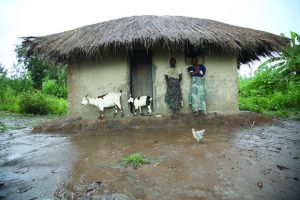State Of The Climate On Latin America And The Caribbean 2020: WMO:

The World Meteorological Organization (WMO) has released a report on the impacts of climate change and extreme weather in Latin America and the Caribbean.
- 2020 was a year of unprecedented heatwaves, droughts, forest fires, cyclones and food insecurity for the region.
- The Intergovernmental Panel on Climate Change in its sixth assessment report had highlighted the impact of climate change on the Indian Subcontinent.
- Rise in Temperature:
- 2020 was among the three warmest years in Central America and the Caribbean and the second warmest year in South America.
- Sea surface temperature in the Tropical North Atlantic Ocean was significantly warmer than normal throughout the year.
- Severe heat waves dominated the region through most of the year, with temperatures soaring above 40°C several days in a row.
- Intense Rainfall:
- Intense rainfall resulted in landslides, floods and flash floods in the rural as well as urban areas of Central and South America towards the end of 2020.
- Forest Fires and Cyclones:
- Deforestation has only increased in the last four years due to clearing for cattle pasture and degradation from fires.
- Deforestation in the Amazon River Basin, which stretches across nine countries in South America and stores 10% of global carbon, has already led to a decline in its ability to regulate climate.
- The Atlantic basin recorded as many as 30 cyclones in 2020 — the highest so far in a single year.
Impact:
- Extreme weather events affected over 8 million people across Central America, exacerbating food insecurity in countries already crippled by economic shocks, Covid-19 restrictions, and conflict.




